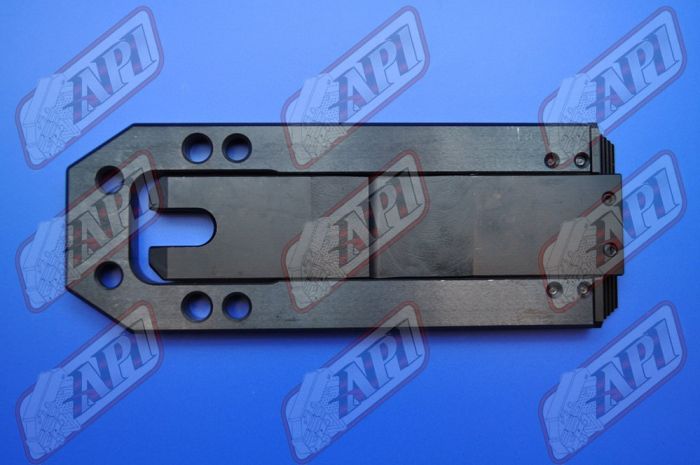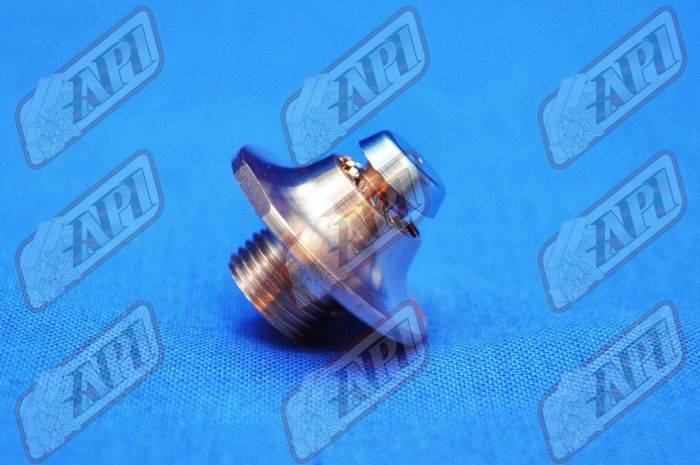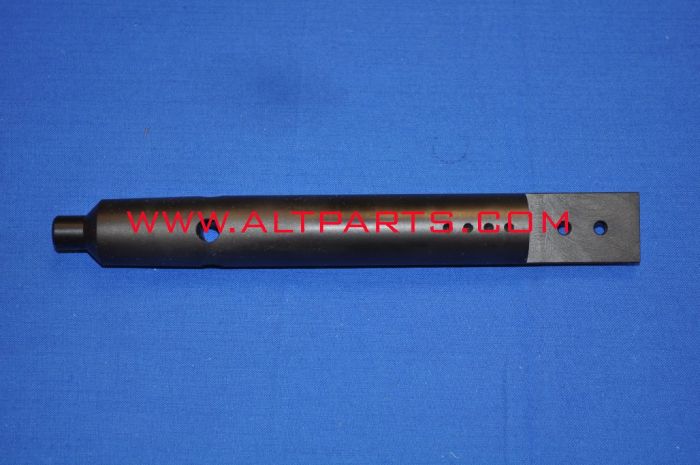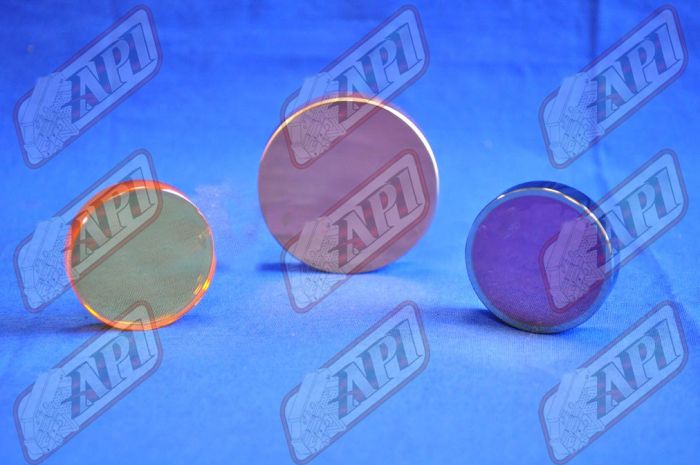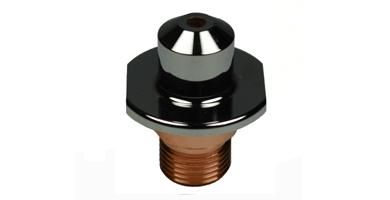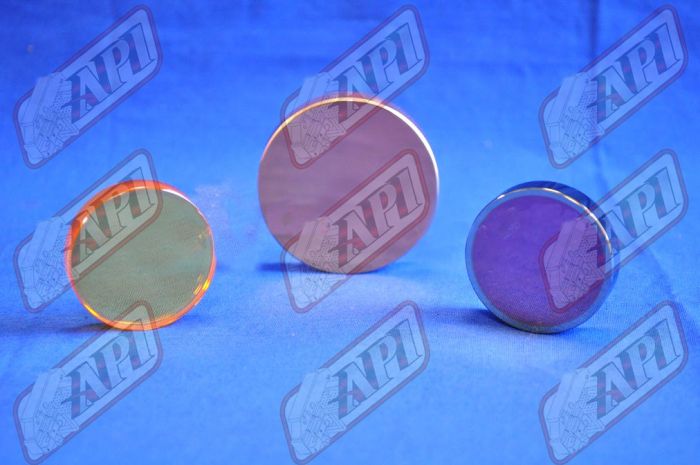With the continuous increase of laser engraving or cutting machines applications, there is not a single part of the industry untouched. Most of the industries like jewelry, medical, automotive, etc. you name it and they utilize these technologies to create enormous and unique products.
With its number of benefits, ease, and innovation, laser technology offers the constant evolution you can bring in your industry.
In our previous article, we elaborated on the benefits of the Jewelry Industry.
This article will be talking about the way laser technology is helping in the automobile industry:
But Before that, here is a brief history of the automobile industry:
The automotive industry is humongous and is rapidly growing. The first automobile industry invention was in the 1880s. And today it became a very staple and popular part of our society.
Around 80 million automobile purchases happen every year globally means 220,000 automobiles per day. And that is a huge number. With a large number of production happening every day, the best part is that the companies are taking accurate measures in handling the quality of these productions. They make sure that each and every part of the materials is of high quality.
Some fun fact:
There are considerations that an average car has 30,000 parts in it. This means that on average, 6,600,000,000 parts will be going out of the production line every day. To keep up with such huge manufacturing, it is important to have a reliable and efficient process to manufacture these parts.
That is when laser machines and its parts like Trumpf laser parts, Trumpf laser nozzles prove to be one of the most important and valuable assets to the automotive industry.
In terms of the production line, the automotive industry is similar to the aerospace industry. But, when it comes to product outputs, the automotive industry surpasses the aerospace industry with almost 100 million automobiles manufacturing as per the year 2016.
These numbers yield the fact that the automotive industry is all about high production, high-profit margins, high efficiency and a high level of safety. Similarly, fiber lasers can be useful in welding various parts of the automobile industry. They also help in creating parts that become the core part of vehicles.
There are multiple uses of fiber lasers within the automotive industry. The fiber lasers are currently useful at high scale in the automobile industry.
Various benefits they bring to the industry:
- Improvement in profits
- Increase in productivity
- Having great flexibility
- Superior quality.
Additionally, the growing market of e-mobility and electric cars is also helping in the rapid growth and adoption of laser technology in the automotive.
Features of laser technology like engraving and marking are being successful in marking the parts or adding the vehicle identification number (VIN), and serial numbers. You can apply these at the microscopic level which helps you and your company in manufacturing workflows. It even helps you in making the dashboards of the vehicles.
Fiber laser welding is also highly useful for applications like airbag initiators, batteries, fuel injectors, etc. and is especially useful for different metal welding processes.
In comparison to other industries, the automotive industry is rapidly taking over 3D printing through additional manufacturing processes which helps in rapid printing parts, tools, and devices. It even enables a rapid increase of prototyping which speeds up the research and development of the team.
As we discussed above, you must be aware of the fact that laser cutting has the potential and brings ease of use to the automobile industry when it comes to production.
Let’s understand how:
- Components:
In the automobile industry, the designs and productions of the components are much smaller yet very complicated. To make apertures for antennas, and other such delicate materials, laser technology is widely useful.
- Hydroformed parts:
They are the metal parts that form in 3D shapes and are a crucial part of any automobile business. To create such complex shapes, laser cutting machines and its parts Trumpf laser parts, Trumpf laser nozzles can help in cutting with accurate precision and provide perfect shapes.
- Airbags:
The biggest benefit of using laser cutting machines and its parts Trumpf laser parts can be useful to cut any material, not only metal. It can work with any material like airbags. The blade of the conventional cutting machine can cut the cloth too, but laser cutting brings the advantage of melting the edges quickly is that it does not leave a material to erode.
Final words:
Laser machines are here to stay and play a vital role in making even the smallest part of the automobile industry. They can help us in making more efficient and productive vehicles.

